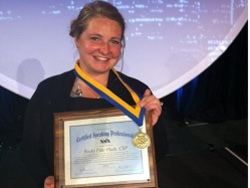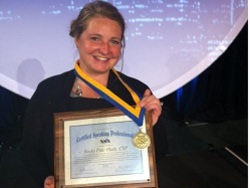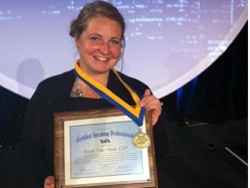


Asked: Are there any best practice guidelines on how to write an introduction? What should a good introduction contain, how long should it be, etc.?
Answered: Looking at your questions, I am making some assumptions surrounding the introduction. There are differing rules of thumb for introductions depending on if it is a training class, a formal presentation or a keynote. In general, at The Bob Pike Group, we typically do not introduce ourselves right away. This happens after our first opening (maybe 30 minutes into the session) and lasts for less than 2 minutes. We always have our bios available, with more information, in the handout so that participants, while waiting, can read more about us and we can gain credibility without having to spend precious training time on ourselves.
If we have an audience where we would lose credibility by not introducing then we would start off with an introduction, again less than 2 minutes in length. An example would be for a group of PhD’s or educators. They have the tendency to prefer a formal introduction and expect to hear about one’s credentials.
Introductions contain information that gains credibility with the audience. That must be assessed by you. Much like a cover letter, shed light and focus on areas that compel the learner to listen and to gain buy-in. Information about length in the field (if significant), books written, accomplishments or merits that help them to identify with you. In “Made to Stick” by Chip and Dan Heath they say that people remember more from those they find credible.
If you are looking for more ideas on opening your session (versus introductions), please check out our bookstore for books with openers, closers and energizers.
Becky Pluth is the CEO of The Bob Pike Group.
Don't miss out on updates and chances
to sharpen your skills with participant-centered learning.




3740 N Chestnut St #113 - Chaska, MN 55318-3053